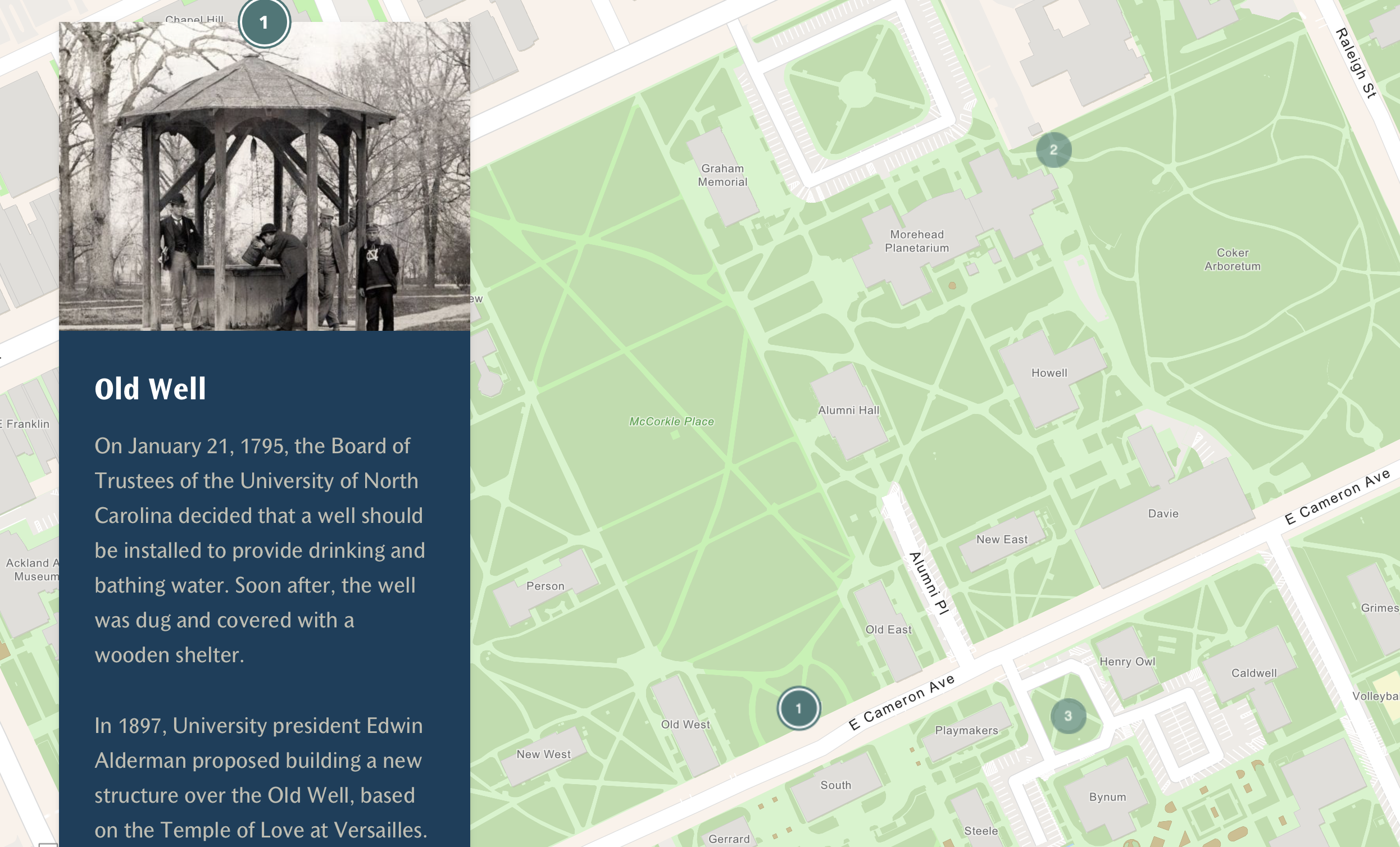Now in its 30th year, the United Nation’s World Water Day raises awareness for those without access to safe water. Sustainable Development Goal 6: “Ensure availability and sustainable management of water and sanitation for all” is woven into this holiday, held every year on March 22.
This year’s theme is “Groundwater: Making the Invisible Visible.” Groundwater is the result of rainwater or snowmelt that falls to the ground and seeps into the earth beneath. Eventually groundwater is pumped out of the ground via wells or makes its way to surface bodies, like streams and rivers.
Video from UNESCO WWAP YouTube page.
According to a 2020 Time article, the Environmental Protection Agency found that in 2019, 30 million people in the United States lived in places where water systems violated safety rules. In North Carolina, our groundwater is measured, protected, and preserved by the Division of Water Resources (DWR), Groundwater Resources Section (GWRS). At UNC, the Gillings School of Public Health is home to the UNC Water Institute, where Dr. Aaron Salzberg, who serves on our Sustainability Council, serves as distinguished professor and director.
Also at the UNC Gillings School of Public Health, the UNC Superfund Research Program (SRP) studies a specific groundwater contaminant — arsenic — and the impact of exposure for people who rely on wells for their drinking water. For two of the projects within the UNC SRP program, environmental science and engineering researchers are creating models to measure groundwater contamination and devising solutions to remove contaminants from the groundwater. A new tool developed by the program, North Carolina ENVIROSCAN, allows users to visualize environmental contaminants, along with sociodemographic information and environmental justice indicators.
The UNC Gillings School of Public Health has a long history on campus. In 1918, UNC-Chapel Hill became the first public university in the nation to establish a School of Public Health. After suggesting wastewater could be reclaimed and used for flushing toilets, irrigation, and cooling towers, UNC-Chapel Hill Sanitary Engineering Chair Dr. Daniel Okun created the field of reclaimed water development.
In celebration of World Water Day and in acknowledgement of all the forward progress UNC-Chapel Hill has made in the field of water sustainability, we’re releasing an ArcGIS StoryMap. From the history of UNC-Chapel Hill’s most iconic landmark, the Old Well, to new stormwater conservation projects like Battle Grove, you’ll find it all in here. Visit the StoryMap to explore the interactive features, including Chapel Hill waterway maps, archival photos, and timeline. Thank you to “The Carolina Story: A Virtual Museum of University History,” for providing much of the information found in the StoryMap.
This is the first of many water-related items we’ll release in 2022. On Earth Day, our UNC-Chapel Hill Water Action Plan will be released for public comment.

